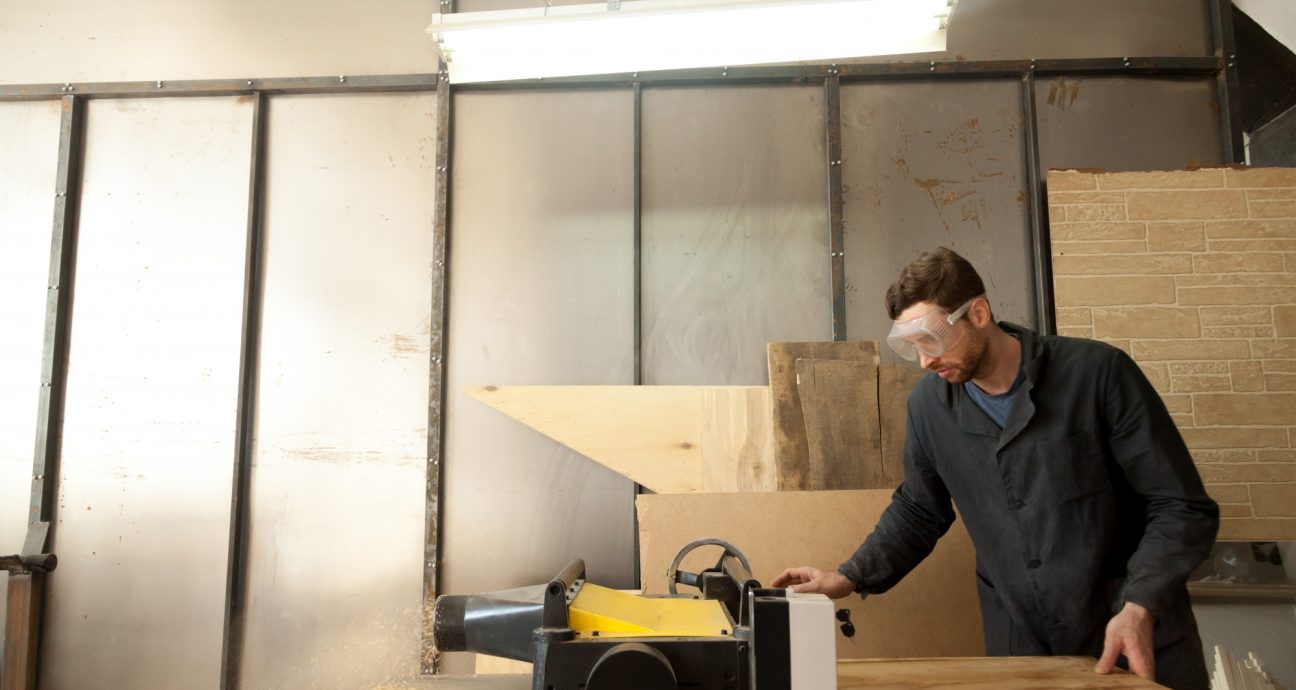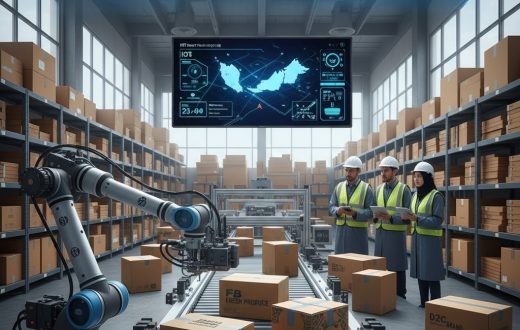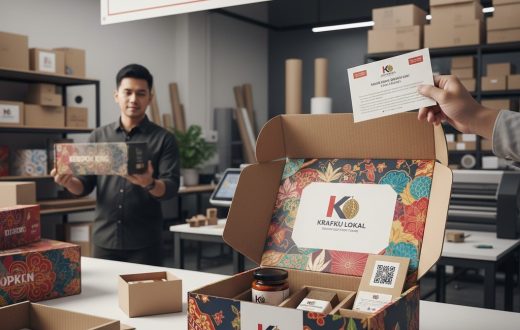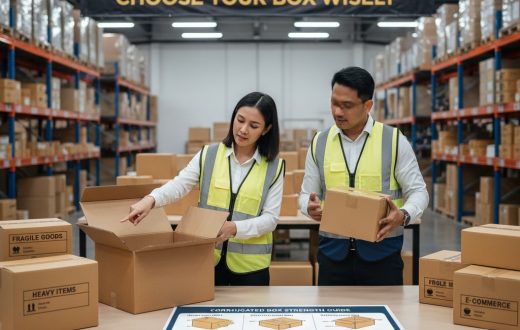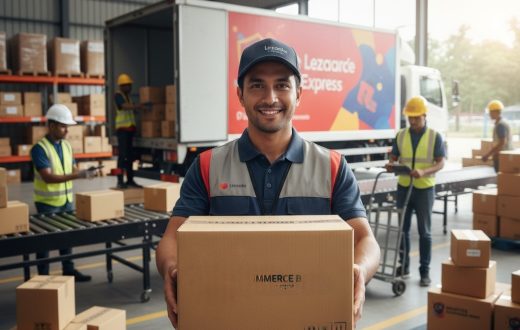Corrugated boxes are the unsung heroes of the packaging world. From protecting your online purchases to safely transporting goods across continents, these sturdy paper products play a crucial role in global commerce. Malaysia has emerged as a significant player in the corrugated packaging industry in Southeast Asia, with state-of-the-art manufacturing facilities producing millions of boxes annually.
But have you ever wondered how a simple sheet of paper transforms into the durable, customized boxes we rely on every day? Join us as we take you behind the scenes of Malaysia’s leading corrugated box manufacturing facilities and explore the fascinating journey from raw material to finished product.
Raw Materials: The Foundation of Quality
The journey begins with the careful selection of raw materials. Malaysian manufacturers primarily use two types of paper:
- Kraftliner: Made from virgin wood pulp, this strong, high-quality paper forms the outer layers of corrugated boards.
- Testliner: Often made from recycled paper, this forms the inner layers and fluting.
Top Malaysian facilities prioritize sustainable sourcing, with many certified by the Forest Stewardship Council (FSC) to ensure their paper comes from responsibly managed forests. Some leading manufacturers maintain relationships with specific paper mills to ensure consistent quality and supply chains.
Step 1: Corrugating Process
The magic begins at the corrugator machine, a massive piece of equipment often spanning over 100 meters in length. Here’s what happens inside:
- Preheating: Large rolls of paper are loaded onto the corrugator and preheated with steam to make them pliable.
- Fluting: The middle layer passes between corrugating rolls with interlocking “teeth” that create the distinctive wavy pattern providing strength and cushioning.
- Gluing and Combining: Starch-based adhesive is applied to the fluted paper before it’s sandwiched between the liner sheets to create single-wall board. For double or triple-wall boards, the process repeats with additional layers.
- Drying and Cutting: The combined board travels along heated plates to cure the adhesive and is cut into precise sheets according to customer specifications.
Malaysian manufacturers have invested heavily in high-speed corrugators capable of producing up to 300 meters of board per minute while maintaining tight quality control.
Step 2: Converting Process
Once the flat corrugated sheets are ready, they move to the converting department where they’re transformed into finished boxes:
- Printing: Most boxes require branding or product information. Flexographic printing presses apply water-based inks in multiple colors with precision registration. Leading Malaysian facilities can achieve up to 7-color printing with photo-quality results.
- Die-Cutting: Custom-made cutting dies press against the board to create the box shape, complete with score lines for folding and any special features like handles or display windows.
- Folding and Gluing: For boxes that are delivered pre-glued, specialized machines fold the cut board along score lines and apply adhesive precisely where needed.
- Stitching/Stapling: Some heavy-duty boxes require additional reinforcement through stitching or stapling at join points.
Quality Control: Ensuring Excellence
What sets Malaysia’s leading manufacturers apart is their commitment to quality control throughout the process:
- Laboratory Testing: Regular strength tests measure metrics like Edge Crush Test (ECT), Burst Strength, and Box Compression Test (BCT) values.
- Moisture Control: Humidity levels are carefully monitored as they significantly impact board strength and printing quality.
- Visual Inspection: Both automated systems and trained personnel inspect boxes for defects in printing, cutting, and structural integrity.
- Sample Retention: Production samples are kept for quality verification and future reference.
Many Malaysian facilities are certified to international standards including ISO 9001 for quality management and ISO 14001 for environmental management.
Sustainability Practices
Environmental consciousness has become a cornerstone of Malaysia’s corrugated industry:
- Water-Based Inks: Facilities have transitioned to environmentally friendly water-based inks rather than solvent-based alternatives.
- Waste Reduction: Trimmed edges and rejected boards are immediately recycled back into the production process.
- Energy Efficiency: Modern facilities utilize heat recovery systems from the corrugator to power other processes.
- Carbon Footprint Reduction: Some leading manufacturers have invested in solar panels and electric forklifts to reduce emissions.
Technology and Innovation
Malaysia’s corrugated industry continues to evolve with technological advancements:
- Digital Printing: Some facilities have embraced digital printing for short runs and highly customized boxes, allowing for greater design flexibility.
- Automated Material Handling: Robotic systems transport materials between processes, improving efficiency and reducing workplace injuries.
- Digital Twin Technology: Advanced facilities create virtual replicas of their production lines to optimize operations and predict maintenance needs.
- QR Integration: Smart packaging with embedded QR codes connects physical boxes to digital experiences.
Challenges and Future Directions
Despite its success, Malaysia’s corrugated box industry faces several challenges:
- Raw Material Fluctuations: Paper price volatility affects production costs.
- Skilled Labor Shortage: The industry requires more trained operators for its increasingly technical equipment.
- International Competition: Neighboring countries offer competitive pricing.
Looking ahead, industry leaders are focusing on:
- Automation: Increasing automation to address labor challenges while improving precision.
- Sustainable Innovations: Developing even more environmentally friendly adhesives and coatings.
- E-commerce Specialization: Creating packaging specifically optimized for online retail.
Conclusion
From humble paper rolls to precision-engineered packaging solutions, the journey of corrugated boxes through Malaysia’s manufacturing facilities represents a perfect balance of traditional craftsmanship and cutting-edge technology. As e-commerce continues to grow and sustainability becomes increasingly important, Malaysia’s corrugated box industry is well-positioned to meet these challenges with innovation and expertise.
Next time you receive a package, take a moment to appreciate the sophisticated engineering and careful manufacturing that went into creating its protective container—a product of Malaysia’s thriving corrugated box industry.


